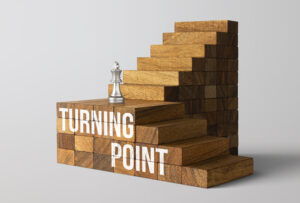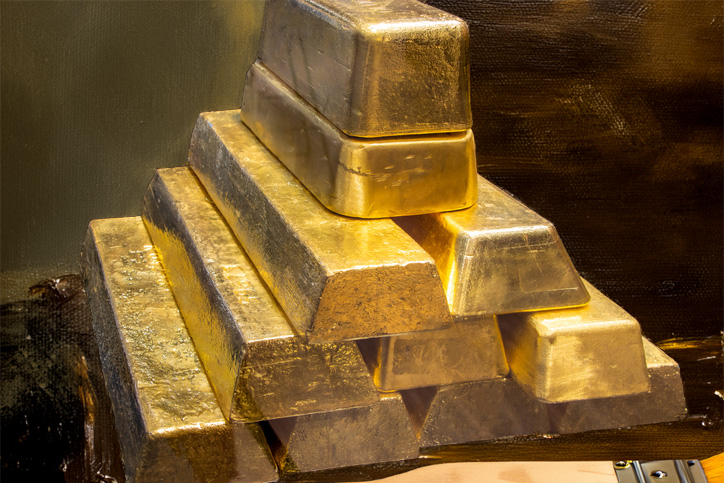Gold: “When Sentiment Gets This Bad, We Are Very Close to A Turning Point”
The comments below are an edited and abridged synopsis of an article by King World News
Alasdair Macleod, one of the greats in the gold world, recently noted, “When sentiment gets this bad, we are very close to a turning point.”

Gold has been consolidating the previous bull run in a contracting triangle, whose upper boundary has been intact since November 2020 and the lower support since last March. The falling price respected the upper trendline.
The longer a contraction persists, the greater the move out of it. We are getting close to that time, with the moving averages and the price converging. Sentiment seems to confirm the position. We know from experience that when sentiment gets this bad, we are close to a turning point.
But fundamental factors also matter. The FOMC says that indicators of economic activity and employment continued to strengthen, and Chairman Powell said that the economy no longer needed sustained levels of monetary policy support. Fourth-quarter GDP increased at a 6.9% rate (on the back of inventory restocking), exceeding market expectations.
The US 10-year Treasury yield chart is bearish, indicating further sharp rises in bond yields. With the Fed funds rate anchored at 5 basis points, the yield on the 13-year T-bill has risen to 18.5 bp, another wake-up call for bullish investors. These investors also believe that rising interest rates are bad for gold, which explains the fall in gold and silver prices. And backing the argument, the US dollar’s trade-weighted index is also rising.
But this isn’t bad for gold, because rather than dollar strength they reflect euro and yen weakness, currencies whose interest rates remain trapped below zero and whose central banks have no intention of raising rates. The dollar’s weakness is better reflected in a basket of commodities.
Energy prices are soaring alongside declining purchasing power, which is underappreciated by the financial establishment, misunderstanding the purpose of interest rates. They are not the cost of money; they reflect the loss of purchasing power. Understand that and the fact that interest rates and gold are rising together is explained.

